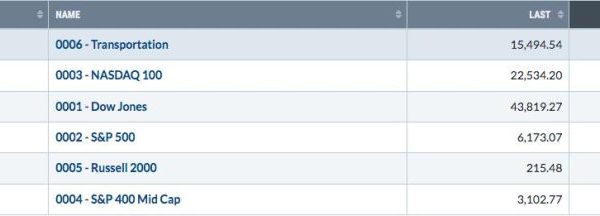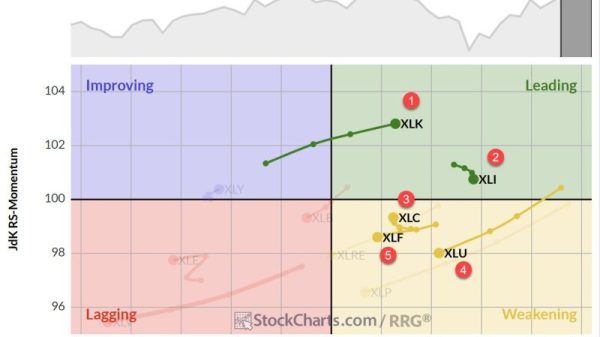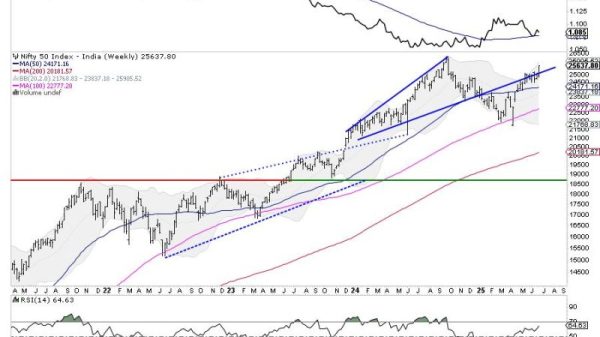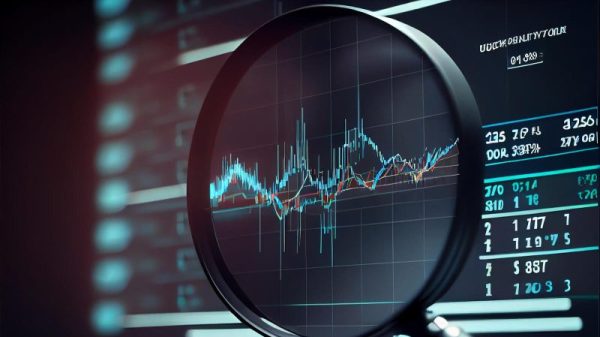The US Bureau of Economic Analysis released its personal consumption expenditures (PCE) price index data for April on Friday (May 31). The release shows that PCE remained steady on both a monthly and yearly basis, matching the March rises of 0.3 percent and 2.7 percent, respectively.
Core PCE, which excludes the food and energy categories, was up 0.2 percent on a monthly basis, a decline from March’s 0.3 percent rise; however, year-over-year it matched the 2.8 percent gain from the previous month.
Increases to personal income cooled slightly on a monthly basis, coming in at 0.3 percent, down from 0.5 percent in March. Likewise, disposable income saw some cooling in April, rising 0.2 percent compared to 0.5 percent in March.
Real PCE saw a decrease of 0.1 percent in April, which the Bureau of Economic Analysis said was owing to a 0.4 percent decrease in spending on goods, but a 0.1 percent increase in spending on services.
April brought the slowest monthly core growth so far in 2024, and is largely in line with analysts’ expectations.
The PCE is a favorite index for the US Federal Reserve, which uses the data when it considers its future interest rate decisions. The broad consensus is that the central bank won’t make reductions until at least September.
The gold price saw strong gains in morning trading following the PCE news, spiking to US$2,359 per ounce before falling back toward its opening value of US$2,343.80. Silver saw similar activity, quickly rising to US$31.73 per ounce in early morning trading before falling again. Both precious metals are set to end the week lower than they started.
The S&P 500 (INDEXSP:.INX), Nasdaq Composite (INDEXNASDAQ:.IXIC) and Dow Jones Industrial Average (INDEXDJX:.DJI) opened their sessions on Friday similarly, posting quick gains before declining.
Securities Disclosure: I, Dean Belder, hold no direct investment interest in any company mentioned in this article.





























